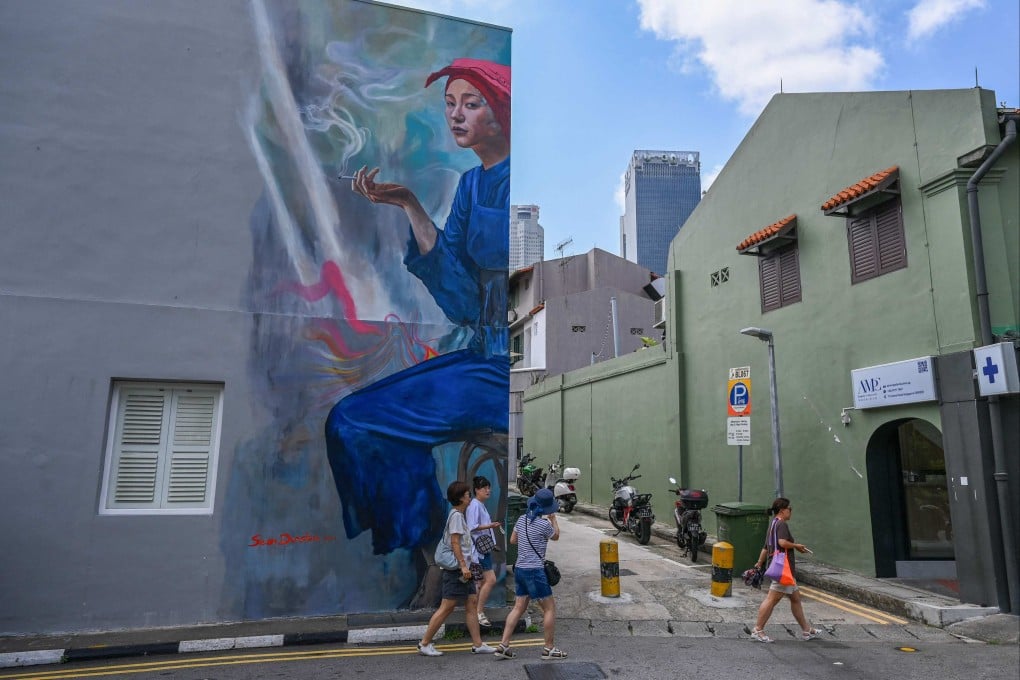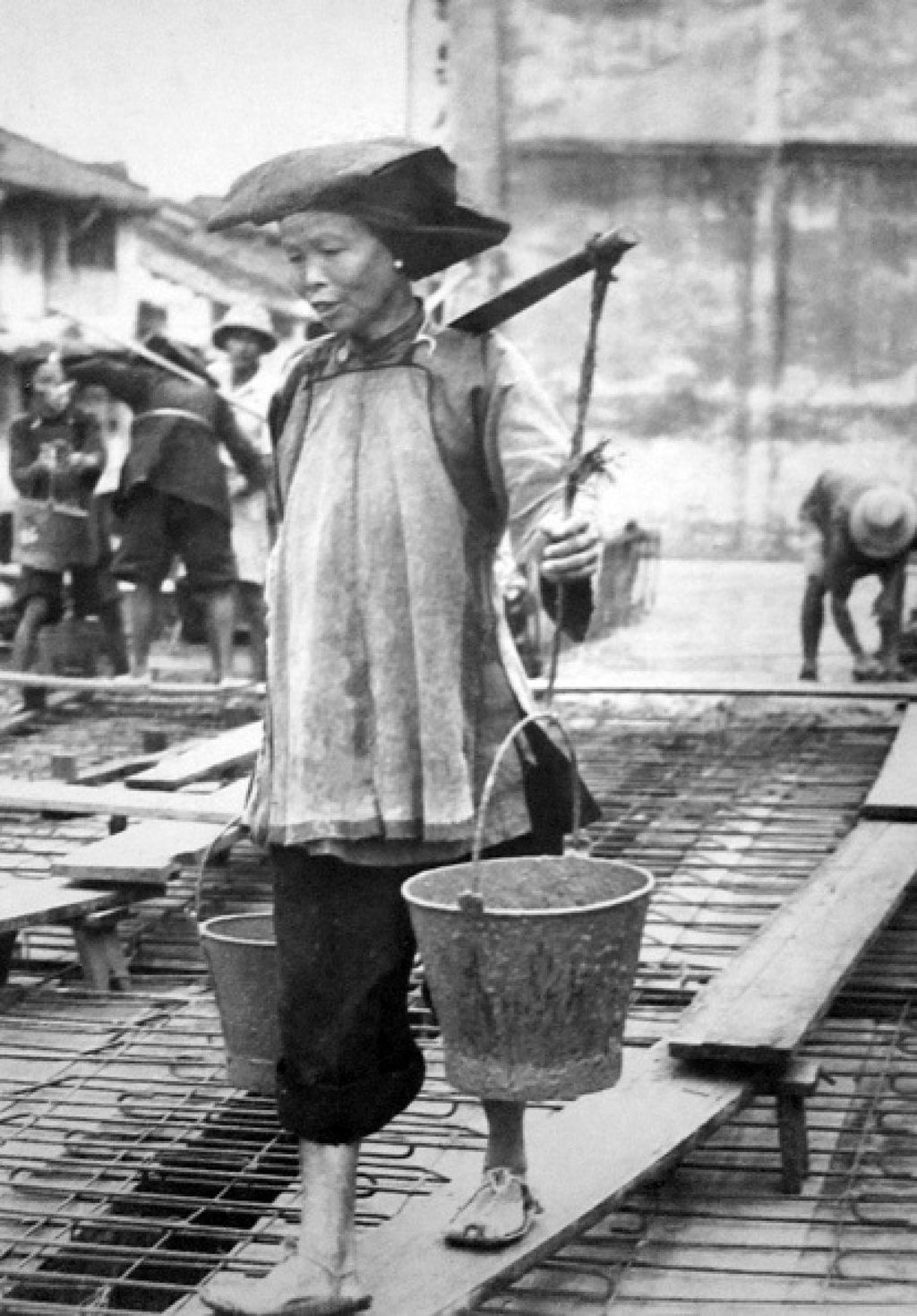Language Matters | The ‘comb up’ Samsui women who worked in construction in Malaya and lived in coolie houses
- They worked in the Pearl River Delta’s silk industry, earning money that let them choose not to marry, before migrating to work as labourers

A larger-than-life mural of a Samsui woman, cigarette in hand, on the exterior of a Chinatown shophouse in Singapore, has been the subject of public debate the past month.
Discussion has centred more around its alleged normalisation of smoking, and less on Samsui women’s contribution to the modern state.
Samsui women – who originate in the district of Samsui, Cantonese for “three waters”, in the coastal province of Canton, today’s Guangdong – are synonymous with the construction of 1930s Malaya. Their roots are, however, found in the rise of industrialisation in late 19th-century China and modernised sericulture – the cultivation of silkworms and extraction of silk for making fabric – which brought employment in the Pearl River Delta to poor women.
With financial independence, women chose not to get married – avoiding obligations to husbands and in-laws. Instead they joined sworn spinsterhoods of sor hei, a Cantonese term 梳起 meaning “comb up”.
This referred to the practice of combing one’s hair up into a bun, a symbol of married women, rather than wearing their hair in braids, and was an act accompanying the ritual vow marking these women’s joining of the sisterhood.


